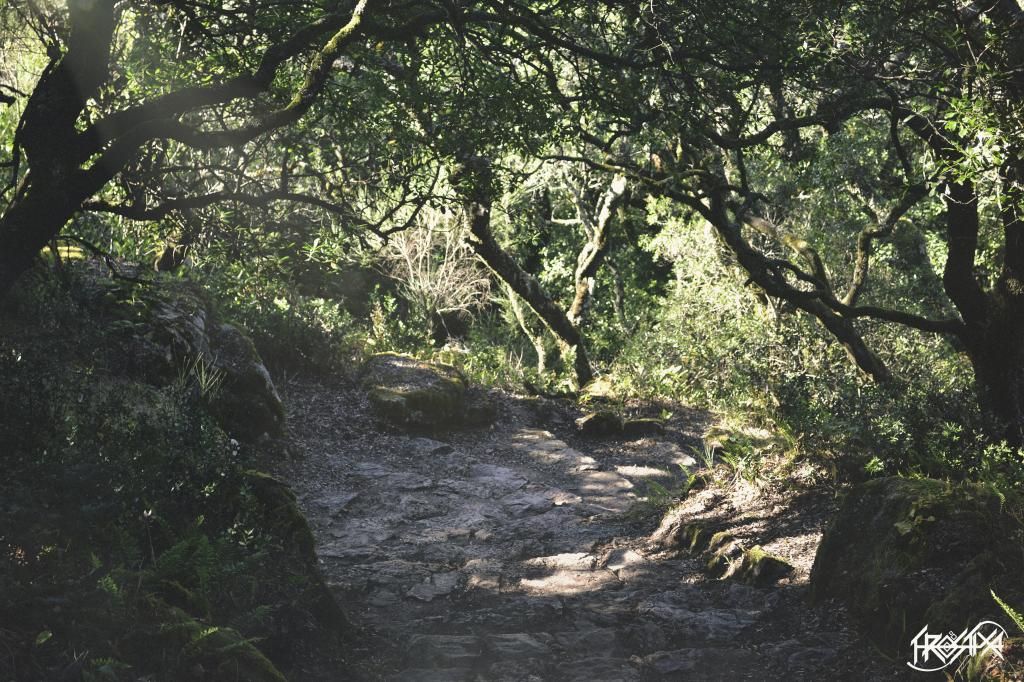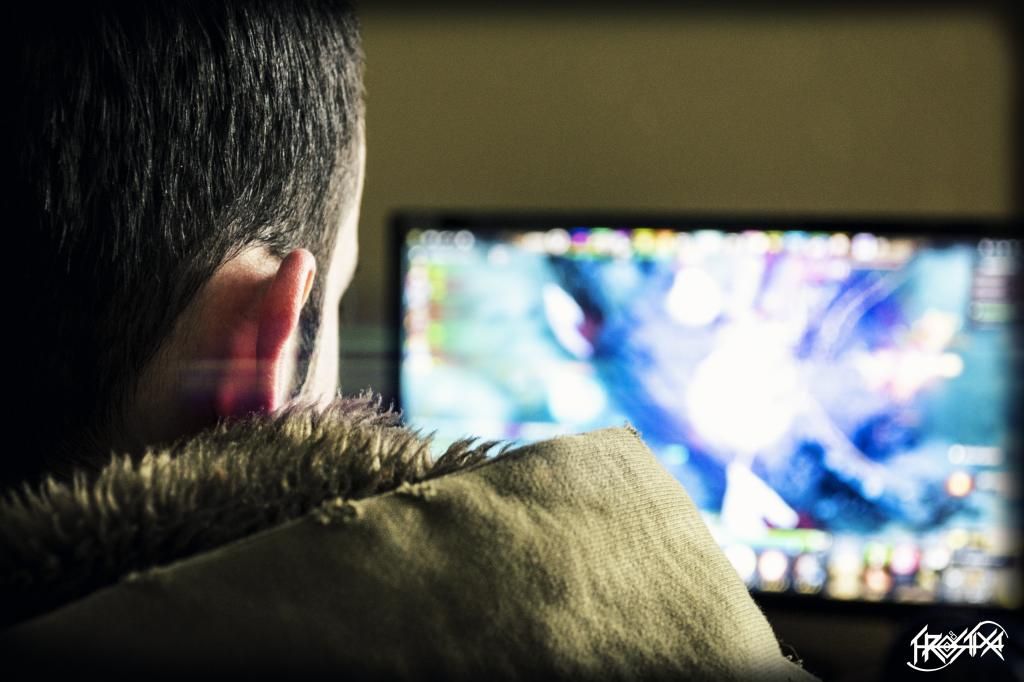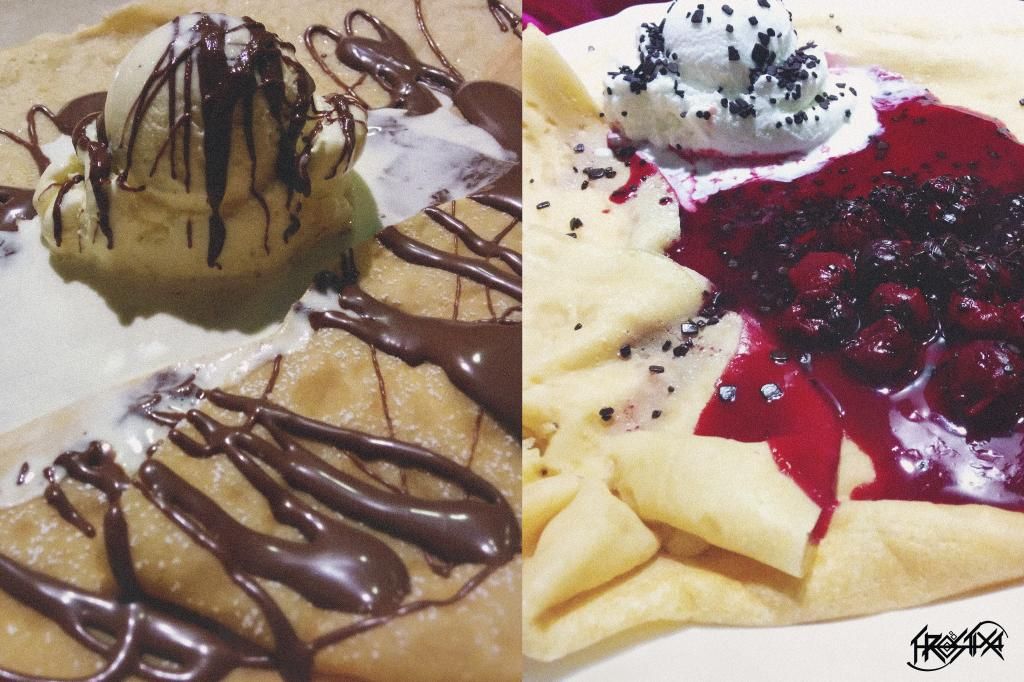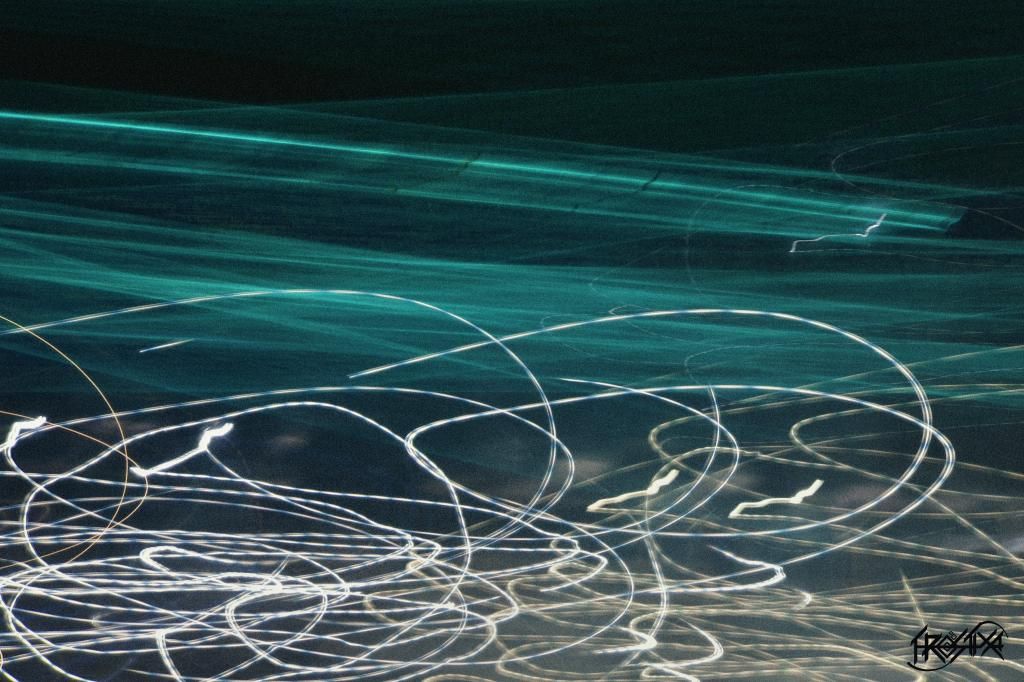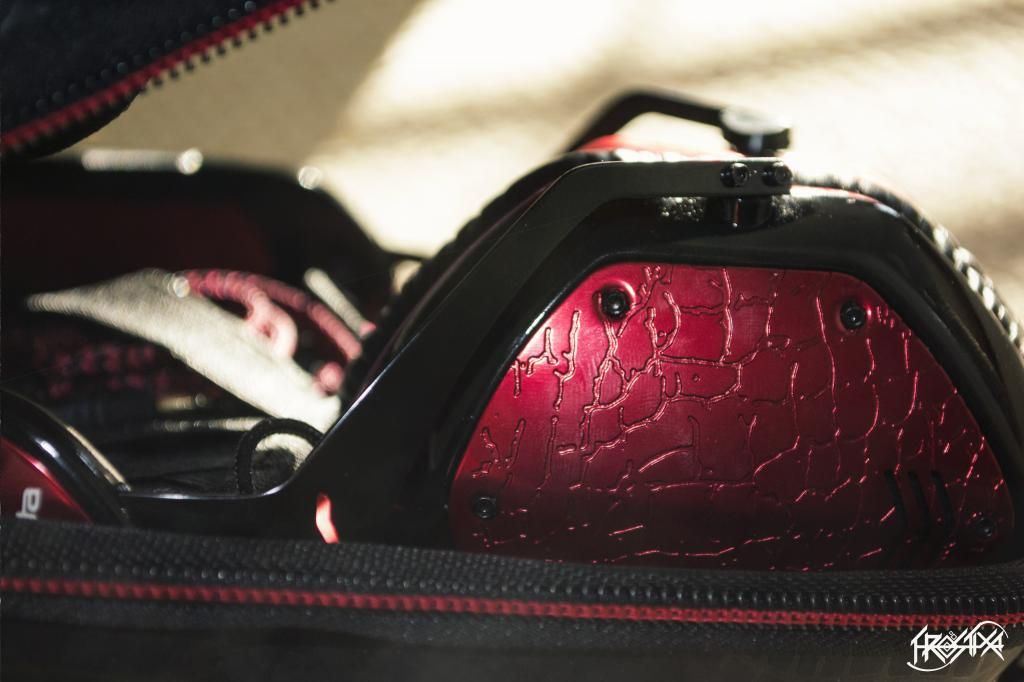This past week I had some extra free time, so I felt like pulling out the old midi keyboard and playing some melodies. The beauty of having a midi keyboard is the ability to adjust the sound that is outputted to virtually anything you can imagine. This is due to the audio being generated through a computer and not by the keyboard itself. For more information on which midi keyboard I use or the feature set it has, please refer to my other blog post "Tools and Software." I'll list a couple melodies I've been working on and practicing within this post.
Keyboard Melodies
The following video is a melody I've been practicing. That is most known for it's pivatol role within the kingdom hearts series. As it is present in every game of the series.
Kingdom Hearts - Dearly Beloved by Yōko Shimomura
The next audio clip is a mash up of a couple melodies I have been practicing from various games, that I recorded during a single session. One of the melodies within is something random I came up with during the session. I'll list the melodies in order of when they appear.
Legend of Zelda - The Lost Woods by Koji Kondo
Random melody I played --------------------------------------
Kingdom Hearts - Riku's Theme by Yōko Shimomura
Dark Cloud 2 - Battle for the Future by Tomohito Nishiura
//Frostixa


